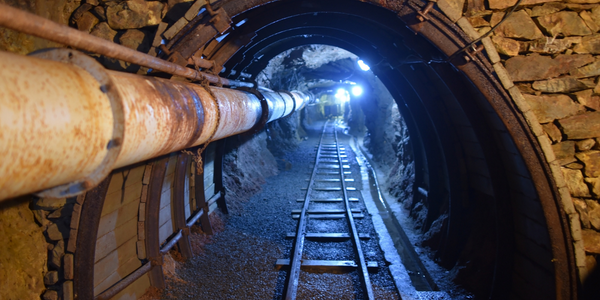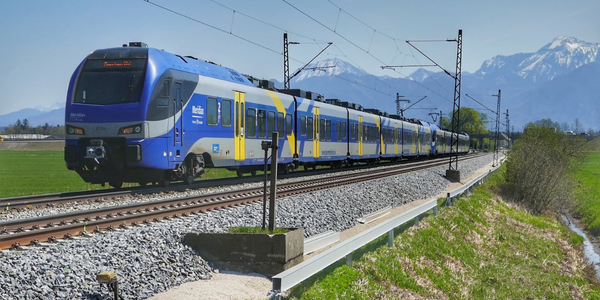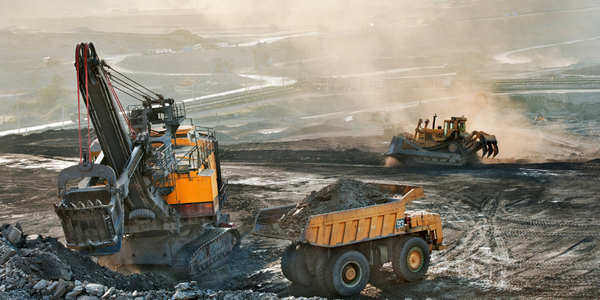Technology Category
- Analytics & Modeling - Digital Twin / Simulation
- Sensors - Haptic Sensors
Applicable Industries
- Mining
- Railway & Metro
Applicable Functions
- Logistics & Transportation
- Product Research & Development
Use Cases
- Digital Twin
- Virtual Reality
About The Customer
Electro-Motive Diesel (EMD) is the world’s largest supplier of diesel-electric locomotives for various commercial railroad applications including freight hauling, intercity passenger, commuter, switching, industrial, and mining. Since the early 1930s, EMD has produced more than 58,000 locomotives for customers in over 73 countries. EMD is also a global provider of diesel power engines for marine propulsion, offshore and land-based oil well drilling rigs, and stationary power generation. The company's headquarters, engineering, and parts-manufacturing operations are located in LaGrange, Illinois, with final assembly in London, Ontario. One of the company’s major new products is the SD70ACe locomotive, which uses an alternating-current drive system to develop continuous tractive effort of 157,000 pounds for pulling heavy freight trains as well as higher-speed intermodal trains.
The Challenge
Electro-Motive Diesel (EMD), the world’s largest supplier of diesel-electric locomotives, was under pressure to develop the SD70ACe locomotive that meets high standards of performance, reliability, fuel economy, crashworthiness, and operator comfort. The locomotives are expected to operate economically and safely for decades under harsh conditions with minimal downtime. Durability of components undergoing repeated fatigue cycles was a major concern, as most units log more than 1 million miles during the first six years of operation and have a useful life of nearly 30 years, with some major components lasting more than 50 years. Achieving these goals while shortening the development cycle was particularly challenging due to significant time and cost factors associated with running physical tests on such large, complex machines.
The Solution
EMD tackled these challenges by incorporating engineering simulation throughout the design process from the conceptual stages of development. The use of simulation as a verification and validation tool helped EMD minimize physical testing, shorten development time, and optimize the structural characteristics of the SD70ACe. ANSYS Mechanical software was a crucial element in this simulation strategy. Structural analysis was used in evaluating stress, deflection, and harmonics of components, guiding designers in sculpting the basic shape and topology of parts early in development. The software was also used in detailed analysis of suspension dynamics, vibration isolation mounting of the cab and other subsystems, and in the development of the crankcase, cylinder heads, piston rods, and other reciprocating parts of the locomotive’s diesel engine.
Operational Impact

Case Study missing?
Start adding your own!
Register with your work email and create a new case study profile for your business.













